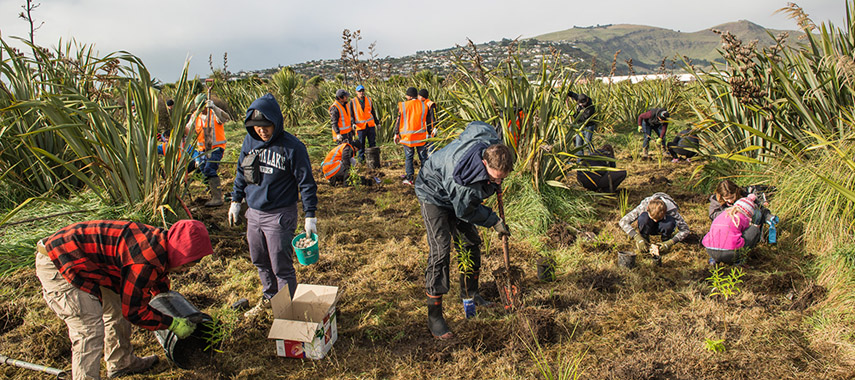AIM: TO LOOK AT THE WATER CYCLE AND HOW CLIMATE CHANGE IS AFFECTING IT.
Definition: Water cycle is a cycle of prosses by water spreading into our oceans, atmosphere, and land. it involves precipitation like rain and snow, which is called condensation. After that, it returns to the atmosphere by evaporation and transpiration.
Scientific words:
- Evaporation. When water is heated by radiant energy it turns into water vapor.
- Transpiration. Evaporation from plants.
- Condensation. When water vapor cools, molecules join together and form clouds.
- Precipitation. When clouds get heavy the waters falls as rain, sleet, hail, or snow.
- Acidification: the action or process of making or becoming acidic.
We will be conducting an experiment that looks at the different ways that climate change is affecting the water cycle.
THE WATER CYCLE EXPERIMENT
Bag 1: Normal Water cycle
Bag 2: Water cycle with CO2 added: like Oceans in climate change
Bag 3: Water cycle with ice added: like Antarctica in climate change
Material: Bag 1
- Plastic Bag/ziplock bags.
- Vivid Marker.
- 1 Cup.
- Food Colouring.
- Water.
Steps:
- Grab your plastic bag/ziplock bags.
- Draw out the cycle like clouds, ocean, plants, and the rain.
- Label your drawings like condensation for the clouds, precipitation for the rain, etc.
- Put 1 cup of water inside your ziplock bag.
- Put 2 drops of blue food coloring.
- Place your ziplock bag where it can absorb sunlight, leave it for some days.
Material: Bag 2
- Plastic Bag/ziplock bags.
- Vivid Marker.
- 1 Cup.
- Food Colouring.
- Soda Water
- Litmus Paper
Steps:
- Grab your plastic bag/ziplock bags.
- Draw out the cycle like clouds, ocean, plants, and the rain.
- Label your drawings like condensation for the clouds, precipitation for the rain, etc.
- Put 1 cup of soda inside your ziplock bag.
- Put 2 drops of blue food coloring.
- Place the litmus paper inside the bag to the lock on the bag.
- Place your ziplock bag where it can absorb sunlight, leave it for some days.
Two Images:
Findings: To be determined...
Conclusion:
I learned new words that I have never heard of before eg; Evaporation, Transpiration, Precipitation, and Condensation. I now also know how the water cycle works, at first I didn't know what it meant. But since we did an experiment for it I now do.









